TINHIFI P1 MAX II IEMs – Sere Every Note, Glass The Top
Tin Hifi P1 Max II is a $139 USD pair of entry-level IEMs from Linsoul, featuring a Next Generation 14.2mm Planar Driver and a lightweight and comfortable design. Today we will review the P1 Max II and explore how it sounds and fits.
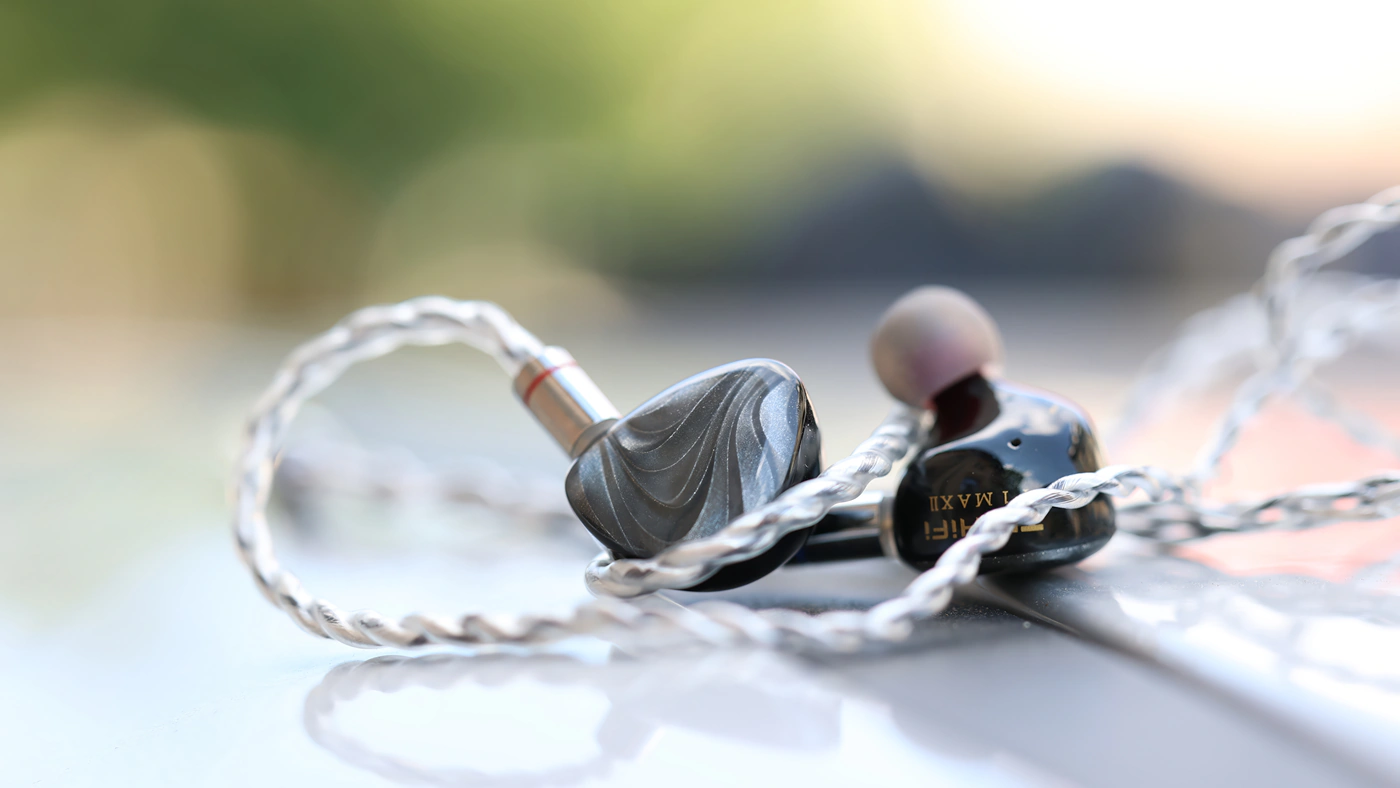
Introduction
Linsoul is one of the shops with the widest product selection, selling Chifi from top to bottom, from the most affordable entry-level IEMs, all the way to proper flagships, excellent warranty. If you’re looking to have an extended return window, you can order products from the Linsoul shop on Amazon, while for the best prices you should check out the Linsoul web page and their Aliexpress page. As an Amazon Influencer, I earn from qualifying purchases, and using the purchase links in my reviews helps me maintain this website and Youtube Channel. Huge thanks to Linsoul for providing us with the sample for this review.

PROs – Lightweight and comfortable, great build quality, excellent design and a high quality cable included in the package. Detailed and crisp sound that follows the Tin HIFI House sound, but with a much fuller bass and more depth than the other IEMS they’ve made in the past. Strong support and quality from the producer company.
Cons – Sparse overall package, cable can only be single-ended, bright sound not that versatile.
Product Link
Amazon – https://amzn.to/3XgwPeB
Aliexpress – https://s.click.aliexpress.com/e/_DFvcZrl
Build Quality/Aesthetics/Fit/Comfort
Tin HIFI is no new producer to our rooster of reviews, but following our determination to explore less and less entry-level products, the P1 Max II survived our purge, as Tin HIFI usually does not launch too many products per year, and they offer reliable build quality, along with products that survived the test of time. We basically are trying to only review relevant products and products that will not disappear from the shop’s selection months after our review, avoiding the entry-level market which now thrives on too many FOTM and quick-sell products to really leave a lasting impression, and like we try to avoid fast fashion, a fast audiophile industry is not a good thing. Tin HIFI had only a few models to date, but most of them have been popular for a long period, with the new P1 MAx II following an entirely different design and concept than the previous ones.
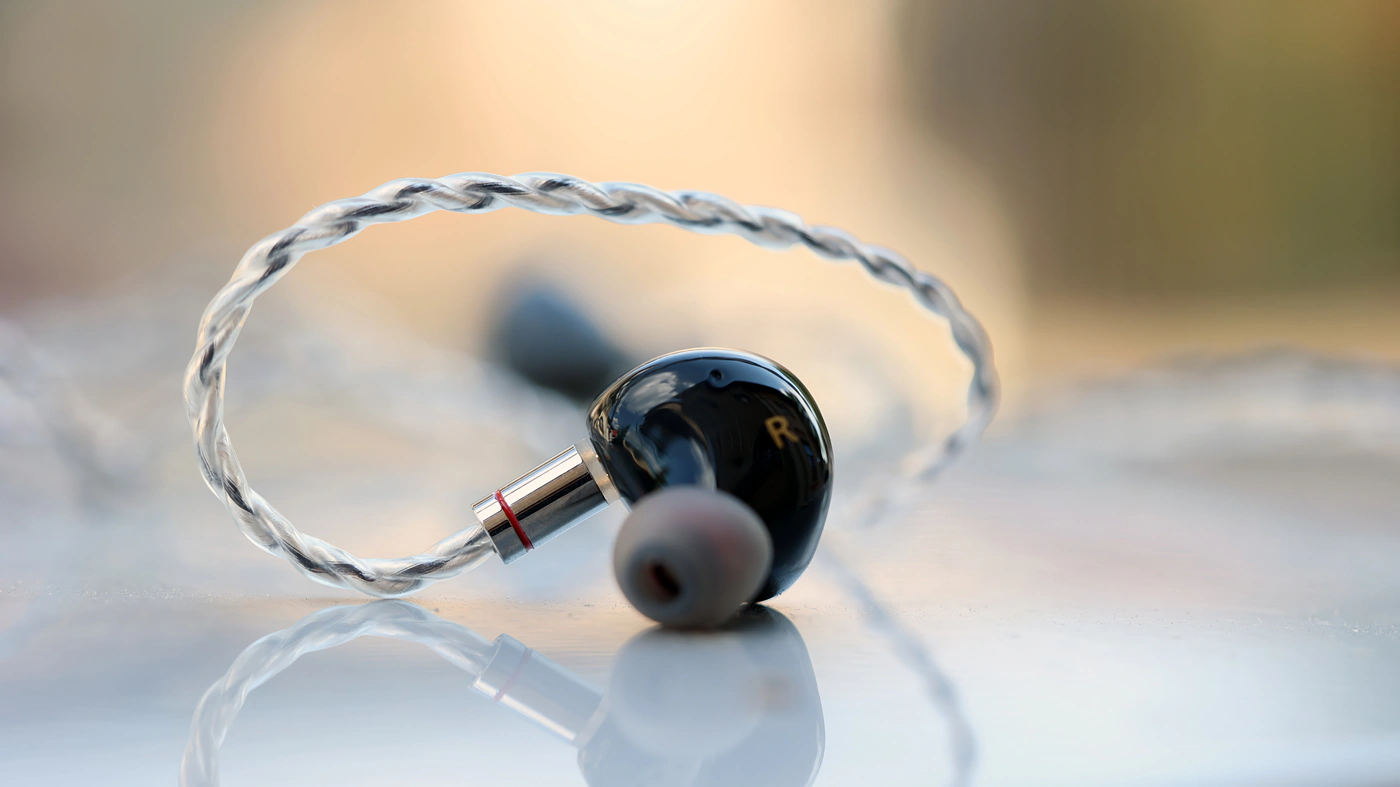
Where we previously had metallic shells and uncomfortable IEMs, the new P1 MAx II uses a resin shell, with each IEM having a just 3.8 grams, 70% less than the market average for IEMs. As is the case with most Chifi IEMS in the price range, Tin HIFI uses HeyGears high-precision 3D printing technology to create ergonomic shells, which support over-the-ear wearing styles, and manage to avoid both void and driver flex. The outer shell has a marble-like appearance, while the inner shell has a deep black ever so slightly transparent color.
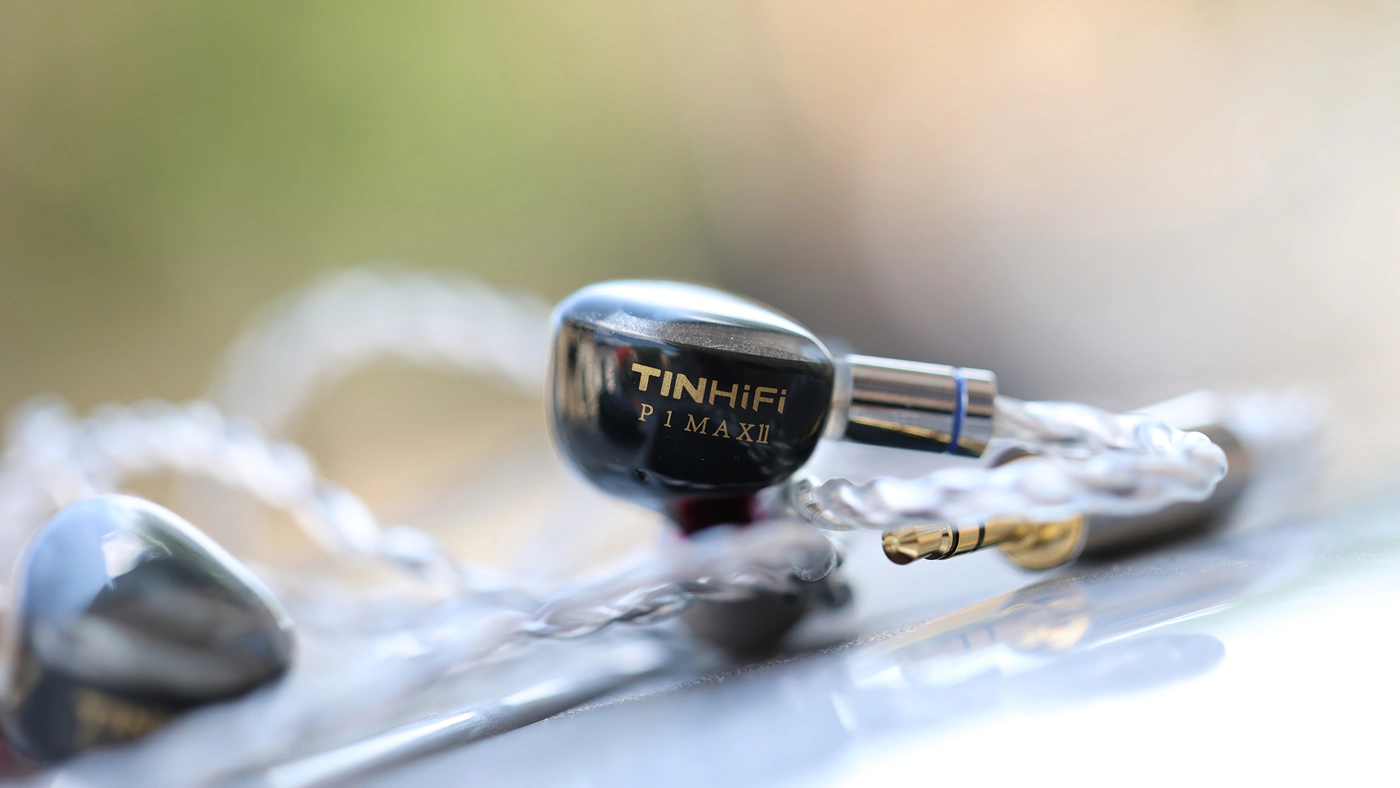
We have a replaceable cable which has a 4-Strand Oxygen-Free Silver Plated Mixed Braided wire, which is fairly good at reducing and canceling microphonic noise, but which is tangle prone, and not springy, but a bit solid and inflexible. P1 Max II also has unusual characteristics, having a low SPL for an IEM, of just 98 dB, coupled with a low impedance of 16 OHM, and an ultra-low rated power of 5mW and an even lower maximum power of 10 mW. The maximum THD is realistic for this price range, and somewhat high at 3%, while the cable is single ended.
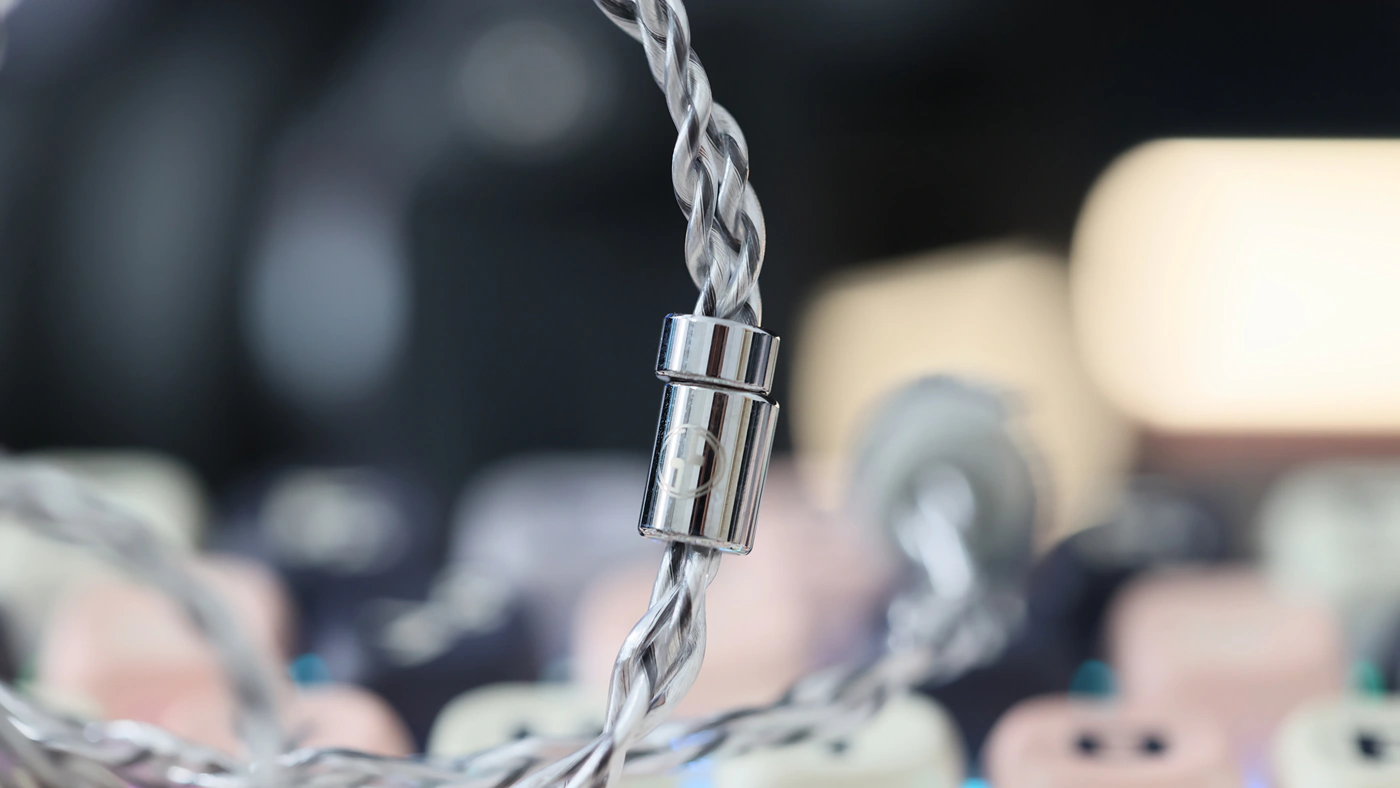
At the heart of P1 Max II we have planar magnetic drivers with a size of 14.2mm and 2 micron diaphragm, N52 magnetic ciorcuits, and a dual chamber design. Linsoul offers a 1-Year warranty for P1 Max II, and they come only in this single ended variation with only the color we review available for purchase.
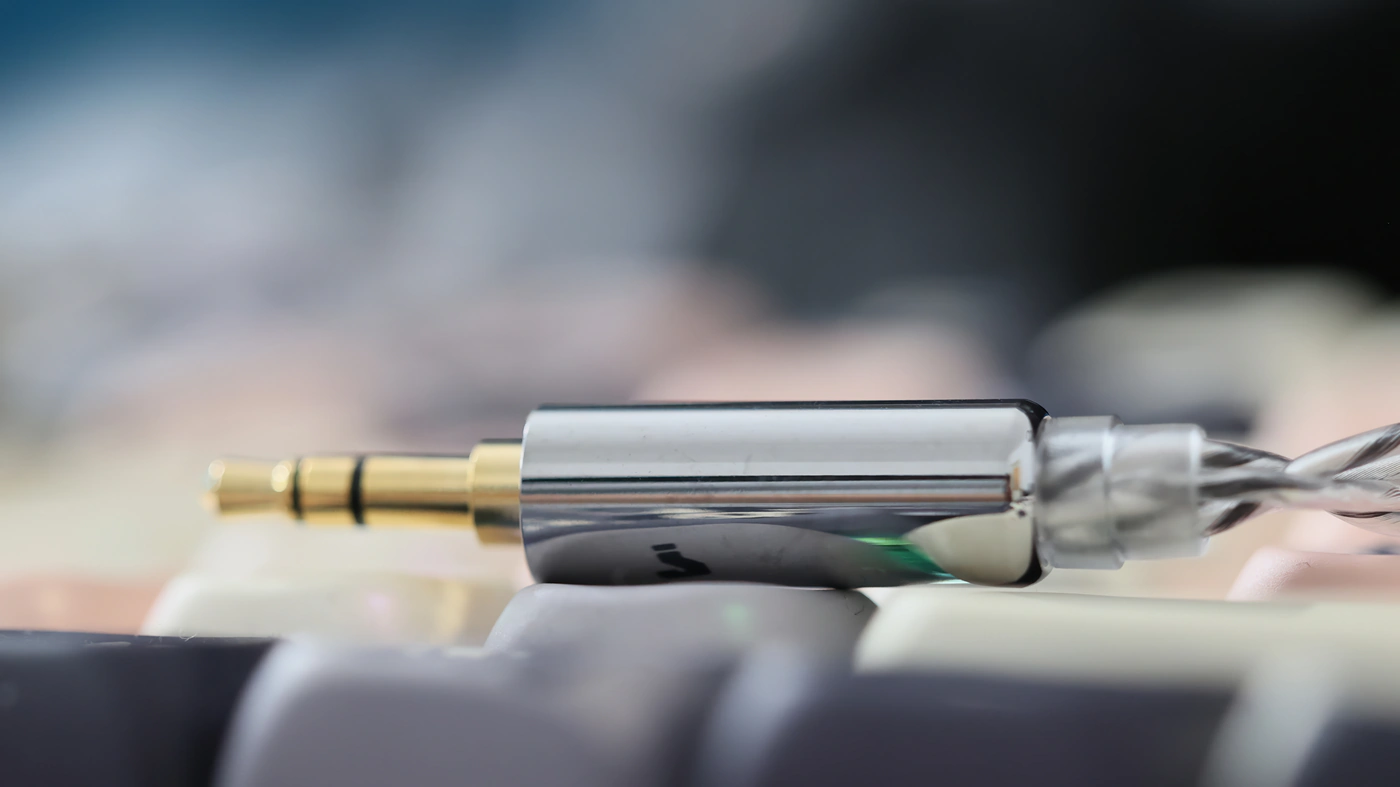
My wearing comfort is very good, I have a slight void in my ears, but no driver flex, and the shells are very light and comfy. I feel like the IEMs are a bit tight around my ears, but the fit is snug, and I can move my head freely, to the point of actual physical exercise. Passive noise isolation is very good, between 15 and 20 dB of passive noise isolation, and while I can hear myself typing quite clearly, the air noise of my air conditioner, background hum of my computer and other noise in the room is canceled nicely. Sound leakage is low, and generally P1 Max II is good for practical usage.
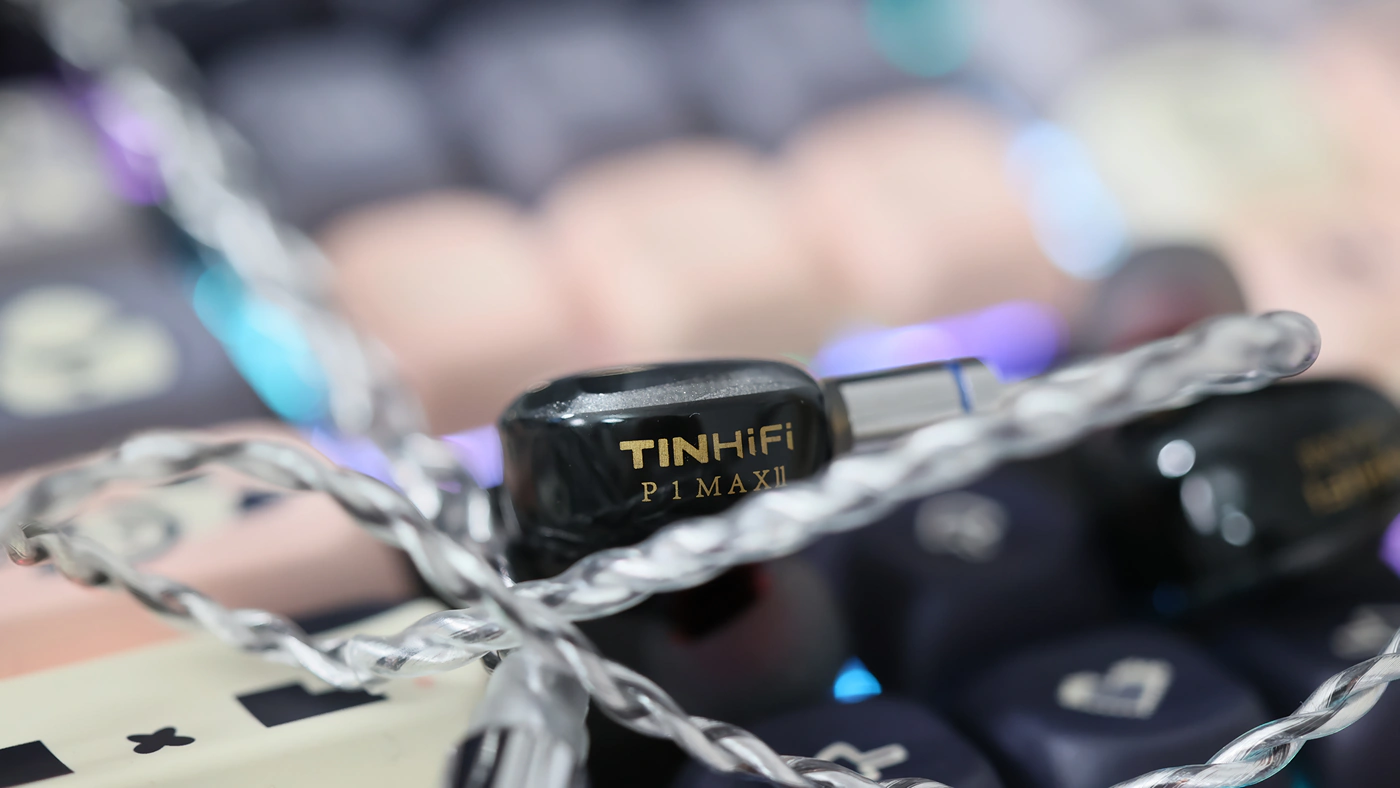
Driving the Tin HIFI P1 Max II is easy, they don’t scale that much with the source and are not that sensitive to source noise, so my test platter includes ddHIFI TC35 PRO Eye2, KAEI TAP-1 Hifi DACs, iBasso D16, FiiO K11 R2R DAC AMP, FiiO Ka11, Shanling Onix alpha Xi1, and iFi Zen DAC3. All of those can easily drive P1 Max II and all of them will provide the P1 Max II with a high-quality, enjoyable sound without much hassle. You will never notice much background noise with most sources, and P1 Max II stays enjoyable regardless of what juice they’re being fed.
Sound Quality
Overall Signature – Tin Hifi is popular with bright and sharp sound lovers, both their T2 and T2 PRO having been really sharp and bright sounding IEMs, so it is nice to see that they kept the resolution, clarity and sharpness their IEMs are known for, but added a fat and deep bass, with lushy, sloppy and satisfying notes, and a sweet sounding midrange that emphasizes female voices. The tuning does emphasize female voices far more than male voices, so I see P1 Max II tuned for ACG music, including Vtuber songs, J-Rock and J-Pop rather than rock, metal and rap.
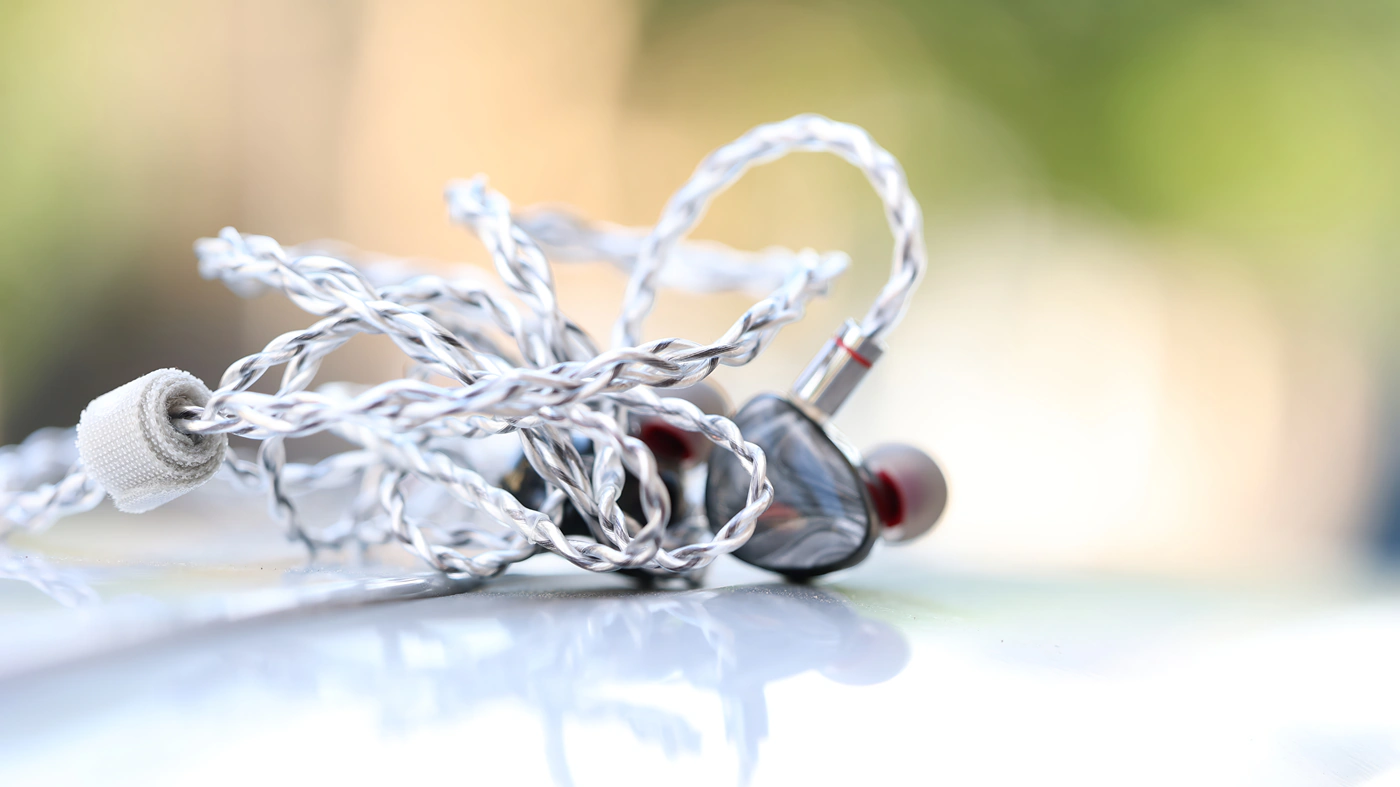
Bass – Starting with a thick, lush deep-end, Tin Hifi P1 Max II has a strong, bloomy and lush bass with a strong presence starting with 50 Hz, peaking around 80 Hz, and with an emphasized presence up to 150 Hz. This means that you can expect a full-class bass, warm, lush and sloppy, slow note production, sloppy transients so that kind of slow-subwoofer type of sound, not a lot of texture, but an ultra big presence. P1 Max II is satisfying with most music, but especially so with bass heavy music, like EDM, J-Rock, J-Pop, and Dubstep. Apashe sounds super nice, especially as he usually employs female voices, which are made sweet and enjoyable.
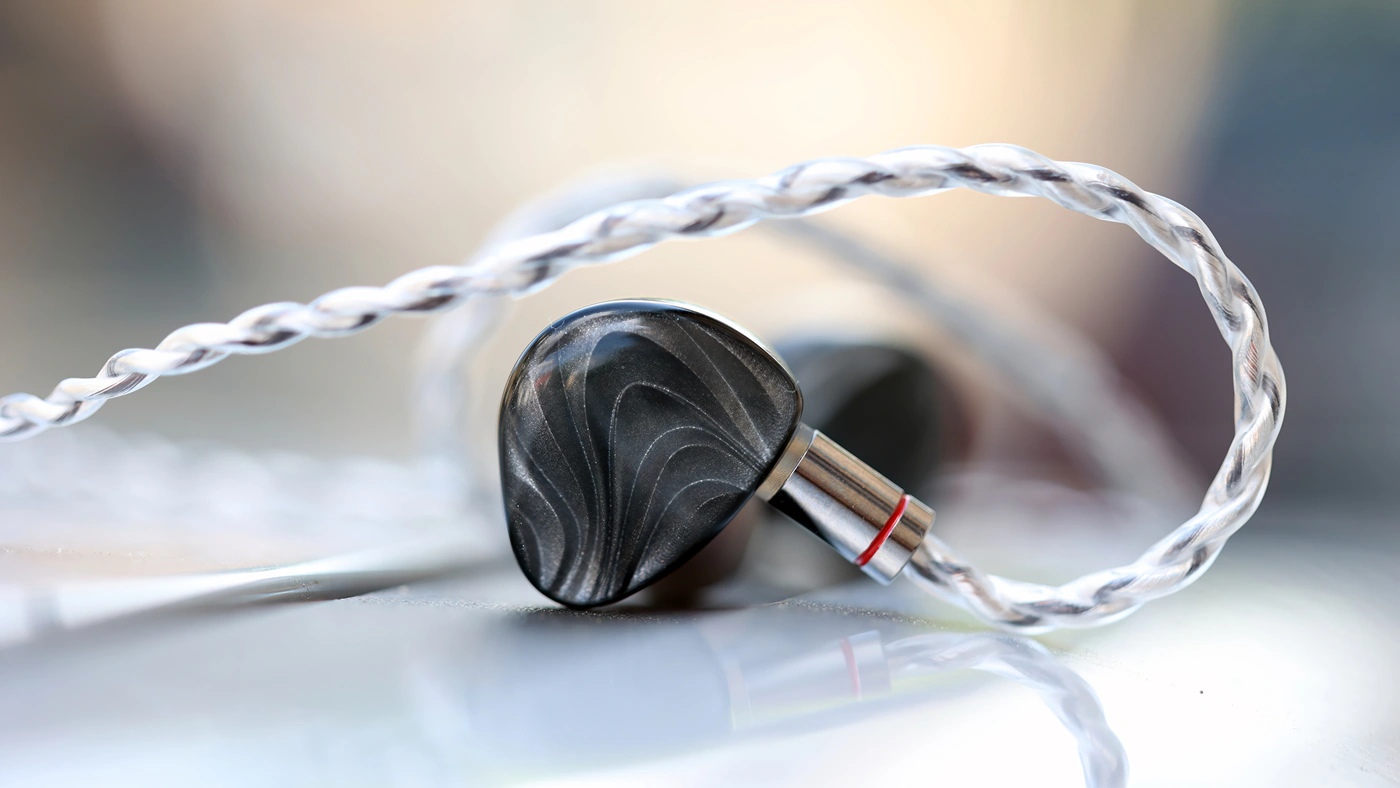
Midrange – I keep talking about the female voice presentation of the P1 Max II, but you can’t really overstate how sweet they can make female voices sound like, but this effect is applied to some extent to male voices too, as PRaT and Textures are ultra soft, smooth, and there are no hard edges. This means that all voices come through as young and overly smooth, pleasing at loud volumes, and with the right music, pop and EDM, but can take away too much edge from rock and metal. Asking Alexandria in particular sounds too smooth and musical, it is less forward and aggressive, and P1 Max II sounds smooth and laid back regardless of the music you’re playing through it.
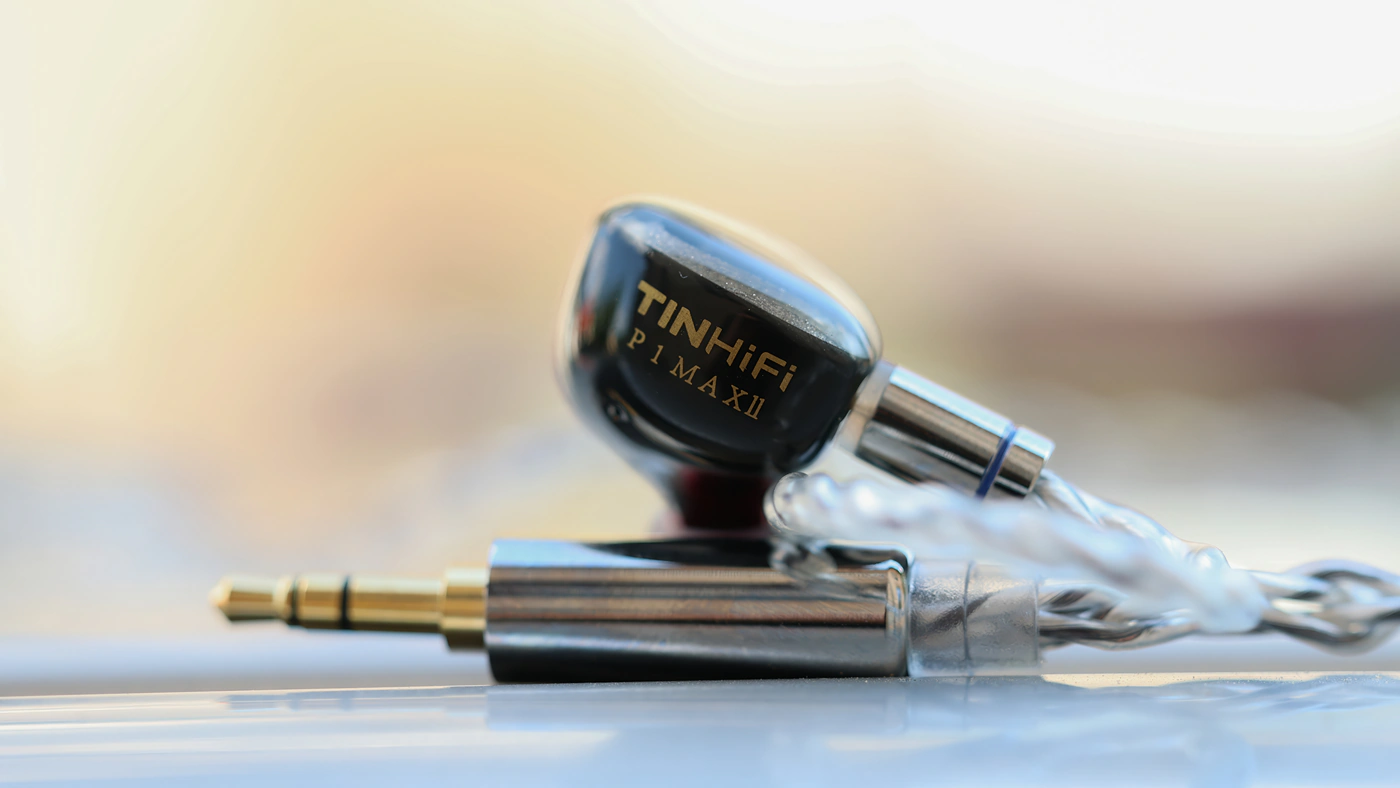
Treble – The treble is colored, there’s a very specific and strong narrow peak that will give music a bit of air and brightness, but other than it, the treble is smooth, laid back, full and relaxed. If I ever heard a thick and lush treble, P1 Max II got it, and especially at higher volumes, the sound gets gloomy and dark, while at low and medium volumes, the sound is brighter with an overly present treble.

Dynamics / PRaT / Textures – The sound has a mildly compressed dynamic range, details and background information as well as quiet information is brought more to the foreground, and especially with the layering being presented in one layer most of the time, the dynamic range has this slight compression effect which brings more details to the listener than the price point would suggest. Textures are soft, laid back and relaxed, following the same sloppy, slow response of the driver, creating a relaxed and satisfying sound, with zero fatigue, but a lush presentation for all music.
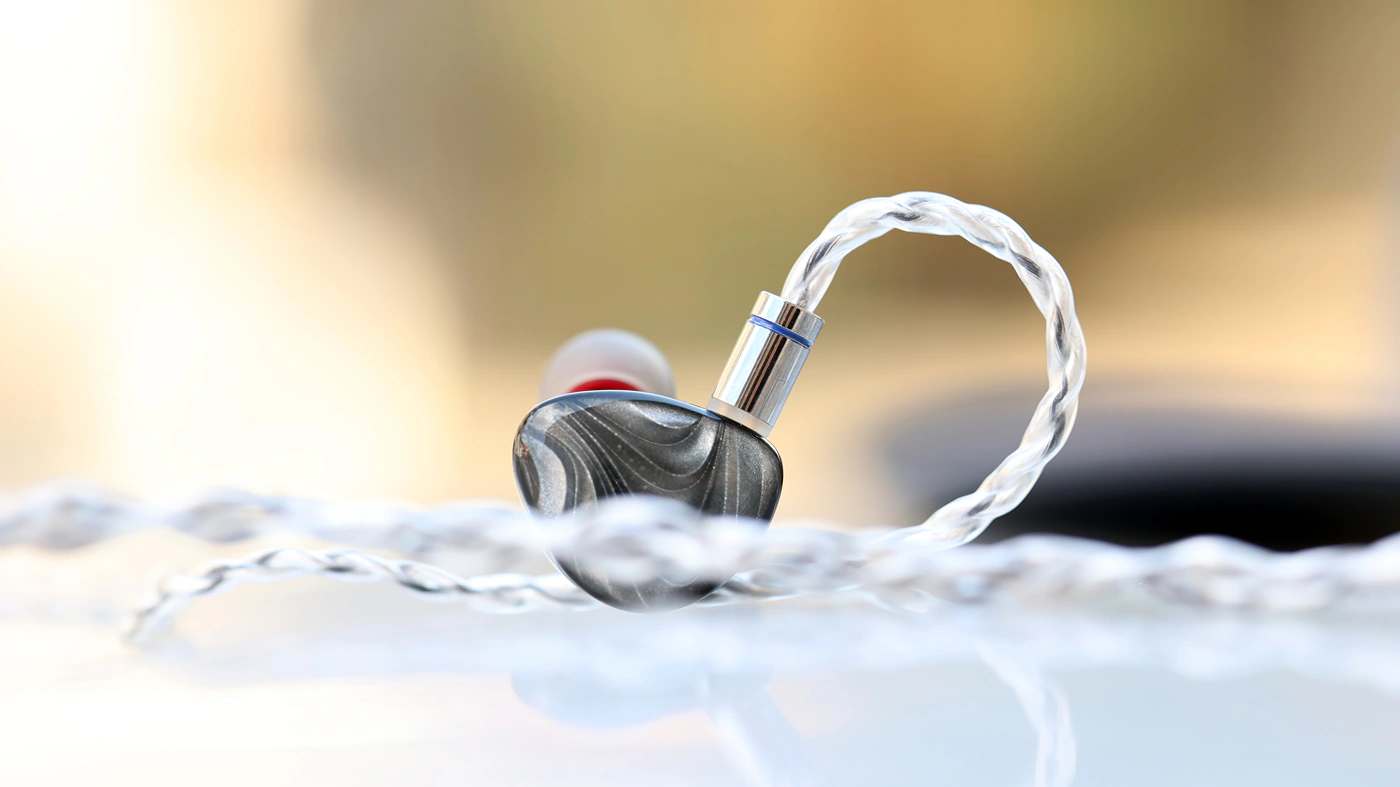
Volume Control – If you read my review exploring the Dekoni Cobalt before, that is a headphone that can mainly be enjoyed at ultra low volumes, as it becomes sharp and bright at loud volumes, like most headphones. P1 Max II gets smoother, fuller and darker sound with higher volumes, making you pump the volume, and having something of their own going on. Max volume control is average, there’s a much higher THD all across the sound, but as the tuning itself is smooth and relaxed, you never really feel like the THD really matters, P1 Max II surely hides that THD well.
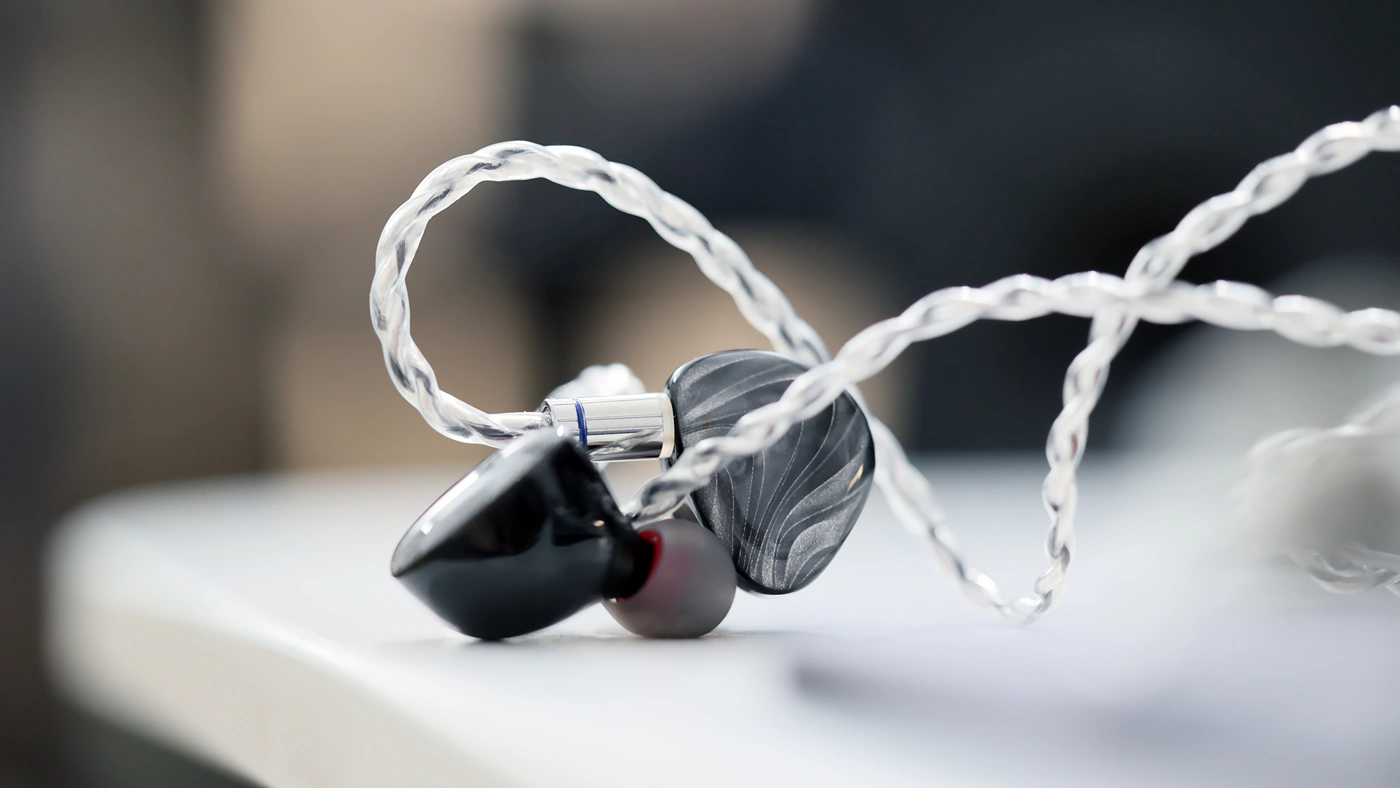
Soundstage – The stage is intimate for the most part, natural, with sound playing mostly around your head, with certain effects being projectred far away from you, but for the most part you can expect to hear all music in one layer, around your head. Treble and sharp symbols are projected farther away from you, while bass fills the sonic scape, with a fair separation between instruments. You can expect P1 Max II to blend and combine instruments towards a cohesive final result.
Value and Conclusion
Although the package of Tin HIFI P1 Max II is sparse, the IEMs have an excellent build quality, good comfort, lightweight shells, and a strong sonic resolution, being easy to see how Tin Hifi is still in business despite the incredibly busy and downright congested entry-level market. Just like their treble shines so bright, the price / Performance ratio of the IEMs shines bright and makes them a compelling offer for anyone looking to purchase an entry-level high-performance pair of earphones.
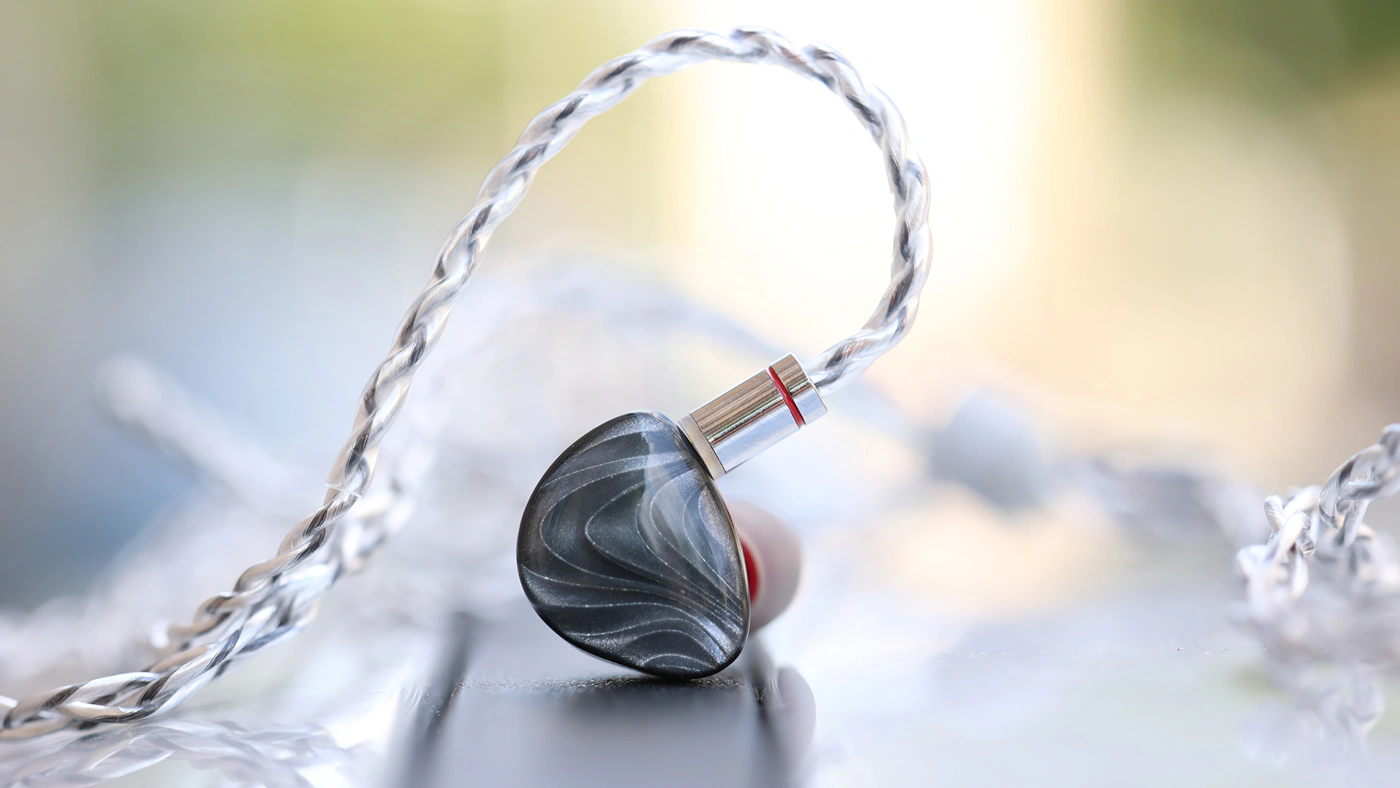
At the end of the day, if you want details, clarity and resolution, and if you don’t shy away from a bright and edgy treble combined with strong bass extension and high resolution, you ought to give Tin Hifi P1 Max II a go, and never forget that you can use Amazon if you want an extended return policy, or the Linsoul Website, or their Aliexpress store if you want the best prices.
Product Link
Amazon – https://amzn.to/3XgwPeB
Aliexpress – https://s.click.aliexpress.com/e/_DFvcZrl
--- Please remember to stay safe, and always have fun while listening to music!---
- If you have a dime to spare, please donate, and help us! It would make the day brighter for me and my wife-
Full Playlist used for this review
We listened to more songs than those named in this playlist, but those are excellent for identifying a sonic signature. I recommend trying most of the songs from this playlist, especially if you’re searching for new music! The playlists are different for Spotify, Tidal and Youtube, and based on the songs I enjoy and are available on each!
https://www.youtube.com/playlist?list=PL_cjBXGmwSHSdGcwuc_bKbBDGHL4QvYBu
https://open.spotify.com/playlist/5J3oloz8Riy9LxEGenOjQ0?si=979ba4f082414be7
https://tidal.com/browse/playlist/330fd544-8e5b-4839-bd35-676b2edbb3d5
--- Contact Us ---





